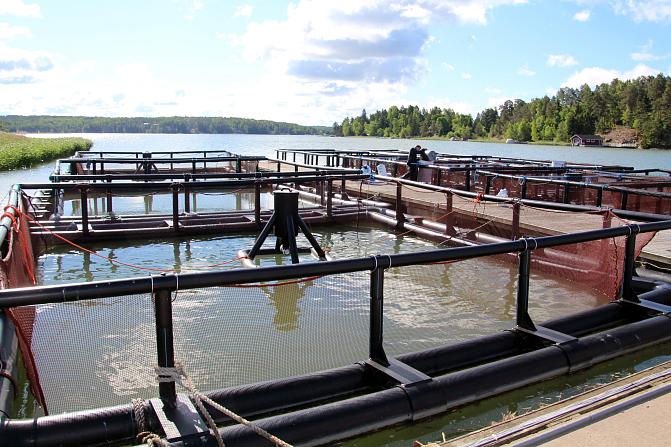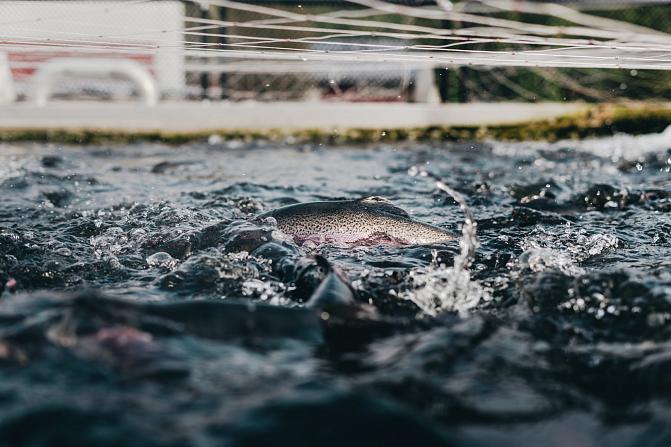
Mariculture research infrastructure
På den här sidan
The mariculture research infrastructure enables diverse research related to fish farming in marine areas. It also collects and processes catch data from the EU data collection program for the Archipelago Sea and southern Bothnian Sea.


The experimental mariculture cooperation platform in Parainen is conducting research on combining recirculating aquaculture systems and net pen aquaculture, fish behavior and welfare in farming conditions, and experimental and technological research on marine aquaculture.
Sampling and processing related to monitoring the status of herring stocks in the Bothnian Sea and the Baltic Sea, as well as research on fishing techniques (e.g., prevention of seal damage) are also carried out in Parainen.
Mariculture research infrastructure is a part of the EU-funded Research Infrastructure project 'AquaServ - Research services for sustainable aquaculture, fisheries and blue economy', through which Luke's infrastructure is available for international researchers and developers.
Mariculture research infrastructure is a part of the EU-funded Research Infrastructure project 'AquaServ - Research services for sustainable aquaculture, fisheries and blue economy', through which Luke's infrastructure is available for international researchers and developers.
Parainen research platform
Brackish sea water from the Baltic Sea is fed into the recirculating aquaculture system (RAS) in Parainen. The fish are fed using computer-controlled individual feeders, and the system is equipped with additional aeration in case of malfunctions. It is also possible to install 12 net pens in the external dock area, where feeding and monitoring are computer-controlled. In addition, there is a pre-treatment room for sampling and storage, as well as a workroom for administrative tasks.
- 12 pcs of 1.3 m2 tank system fed with brackish water from the Baltic Sea
- 2 separate 3.5 m2 tanks in the same system for acclimatizing fish
- 2 separate circulation systems with independent temperature control
- Computer-controlled individual feeders for each tank
- Additional aeration in case of malfunction


RI services of mariculture research
